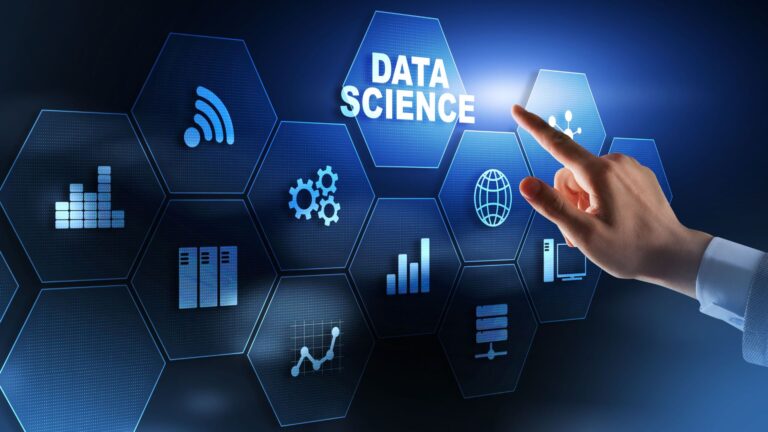
About Data Science
Data science is an interdisciplinary field that involves extracting insights and knowledge from structured and unstructured data. It encompasses various techniques, including data analysis, machine learning, statistical modelling, and data visualization, to uncover patterns, trends, and correlations within data sets. In today’s data-driven world, data science plays a crucial role in informing decision-making processes, optimizing business operations, and driving innovation across industries.



